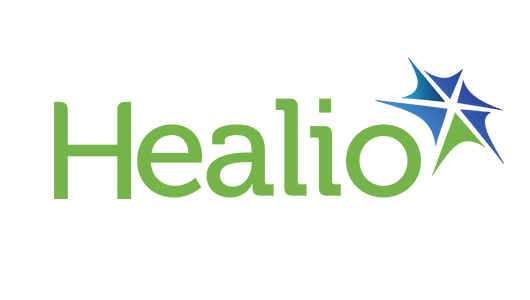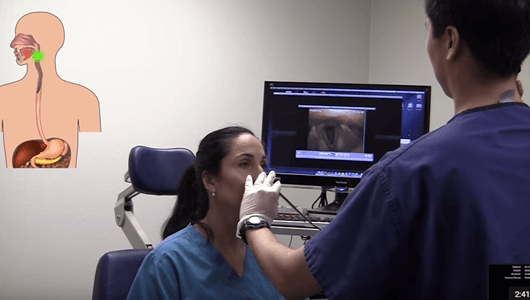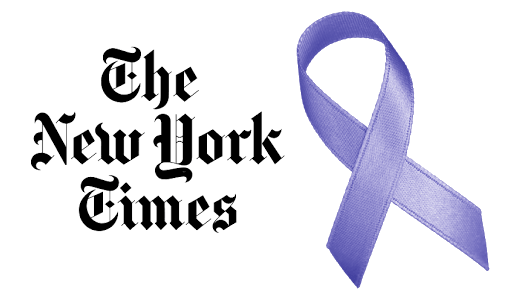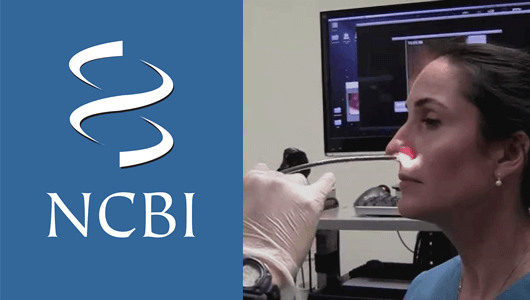
The Tragic Story of Joan River’s Death and the Case for Unsedated Transnasal Endoscopy
In August of 2014, actress and TV host Joan Rivers underwent a sedated endoscopy at Manhattan’s Yorkville Endoscopy Center. According to reports, Rivers stopped breathing during the procedure after medical personnel failed to realize she was losing oxygen until it was too late. A lawsuit filed by her daughter, Melissa Rivers, states that the doctors mishandled the endoscopy and performed another medical procedure called a laryngoscopy on her mother’s vocal cords without consent. One week later, Rivers died at the age of 81. Sedated GI endoscopy (EGD) should have never been the procedure of choice.
There is an alternative procedure called TNE (TransNasal Endoscopy). TNE is performed in the office while the patient is still completely awake by passing the endoscope through the nose rather than the mouth. TNE does not involve any anesthesia, and so, the dangers, such as those that killed the late Joan Rivers, are not present. Even more, pain tolerance and safety seem to be the greatest advantage of the TNE procedure, as well as requiring less patient monitoring, nursing time, and overall expenses. Patients don’t have to move around their schedules in order to make space for the recovery time because there is none.
TNE-Related News:
Unsedated transnasal endoscopy effective, lower-cost for monitoring pediatric EoE
Unsedated transnasal endoscopy was shown to be a safe, well-tolerated and lower-cost alternative to esophagogastroduodenoscopy for evaluating pediatric eosinophilic esophagitis, according to recent study data.
Unsedated Transnasal Endoscopy Safe for Children With Eosinophilic Esophagitis
Unsedated transnasal endoscopy (TNE) is a safe, low-cost procedure that can help physicians evaluate paediatric patients with potentially chronic problems in their oesophagus, according to a study published in the journal Gastrointestinal Endoscopy.
People: Melissa Rivers Says Joan’s Death Was ‘100 Percent Preventable’
Melissa Rivers says that her mother Joan Rivers' death could have been avoided.
Tribune: Melissa Rivers files lawsuit in mother Joan Rivers’ death
While Joan Rivers lay sedated in a Manhattan clinic, her doctors performed unauthorized medical procedures, snapped a selfie with the comedian and failed to act as her vital signs deteriorated, according to a malpractice lawsuit filed Monday by her daughter, Melissa.
Joan Rivers’ News: More Details Revealed About Yorkville Endoscopy Doctors’ Medical Malpractice
In a new Joan Rivers news report, the personnel of the said Upper East Side clinic supposedly did not stop the TV host's scoping procedure even after her pulse and blood pressure dropped.
Fox News: Joan Rivers’ death: Risk factors of sedation and general anesthesia
Following the death of 81-year-old Joan Rivers from cardiac arrest on Sept. 4, questions have arisen as to the safety of the procedure she underwent at an outpatient endoscopy clinic and whether she was under general anesthesia.
What went wrong during Joan Rivers’ endoscopy and are there lessons to be learned from her death?
On August 28th, 2014, something happened during Joan Rivers’ endoscopy that took her life, and there is now clear evidence that many things went wrong that took Joan Rivers’ life.
Trans-Nasal Esophagoscopy; Esophagus Exam Endoscopy (Example Video)
This video demonstrates how the esophagus can be examined without any sedation.
Screening for esophageal disease with unsedated transnasal endoscopy is safe and feasible
Researchers report that unsedated transnasal endoscopy is a feasible, safe, and well-tolerated method to screen for esophageal disease in a primary care population.
NY Times: Finding, and Treating, Esophageal Cancer
Diagnosed early, well before patients develop swallowing problems, esophageal cancer is usually curable. A cure is most certain if the problem is detected and corrected before or during the advanced precancerous stage. But for about 90 percent of patients, early detection and treatment are missed, and the outcome is fatal.
Transnasal Route: New Approach to Endoscopy
An ultrathin endoscope inserted via a nostril, so-called transnasal esophagogastroduodenoscopy (TN-EGD) is widely accepted nowadays.
Unsedated transnasal endoscopy: A Canadian experience in daily practice
The use of sedation is also associated with an increase in cost, loss of work on the day of endoscopy and the need for the patient to be accompanied home after the procedure. Transnasal endoscopy has advantages such as no sedation and less patient monitoring, nursing time and expenses than conventional per oral EGD.












